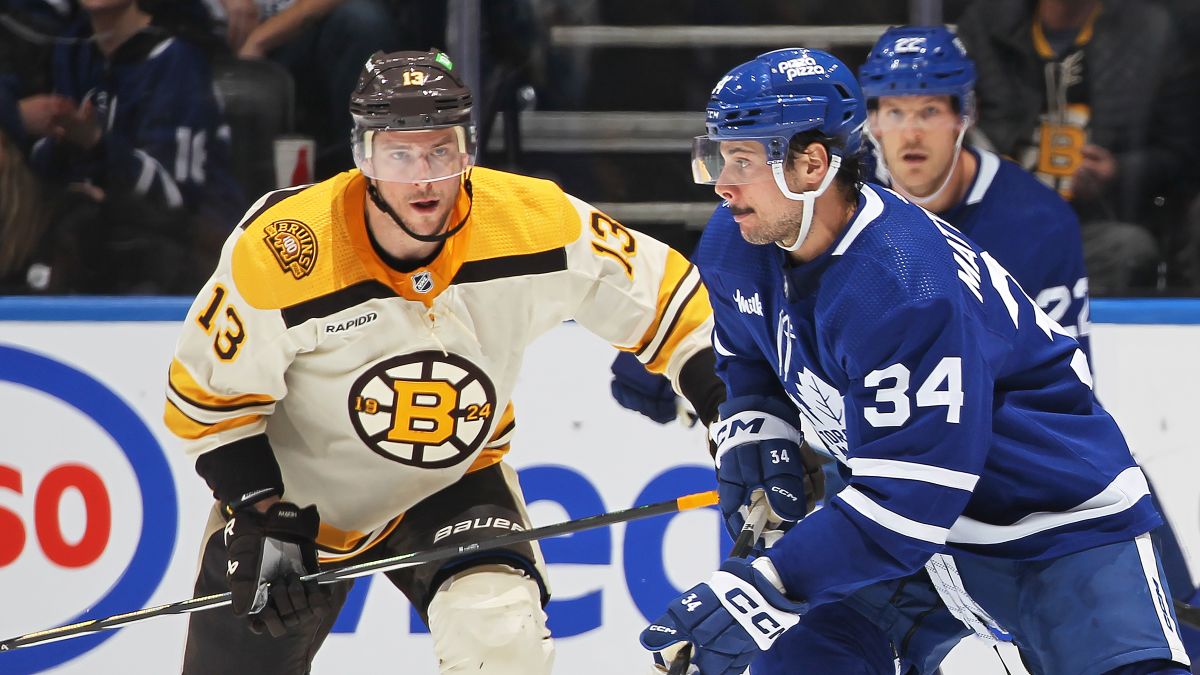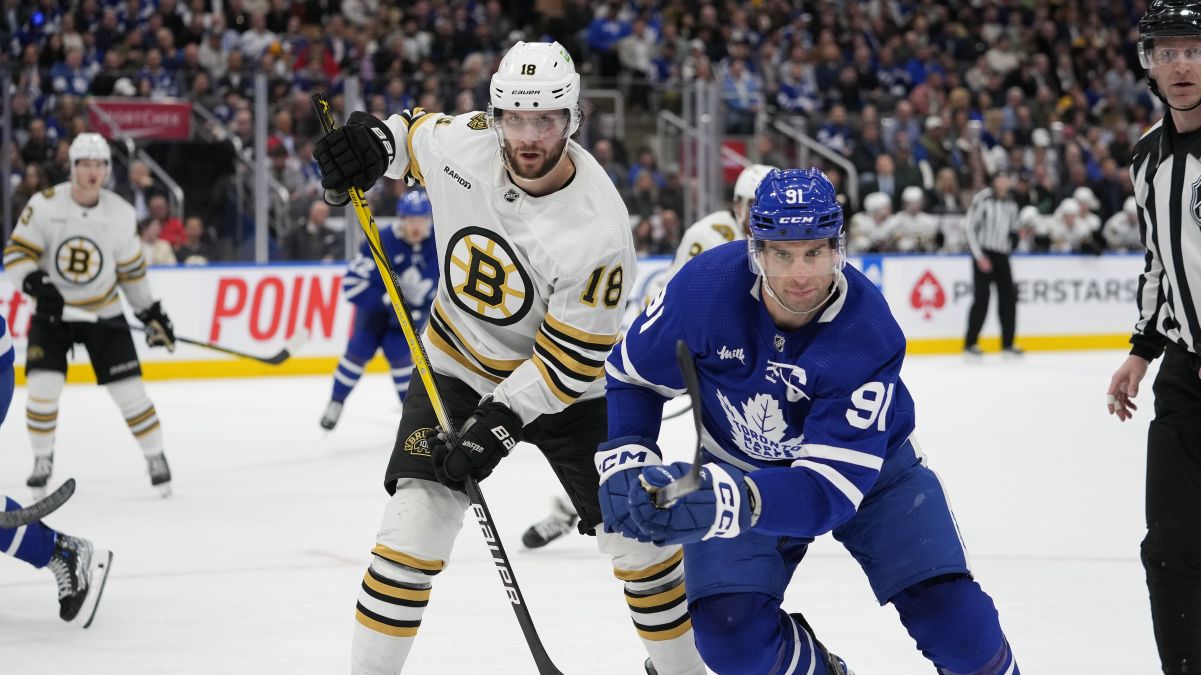The “Bruins at the Break” is a five-part series this week with the B’s on a bye, and will examine the first half of the regular season and how it could potentially impact the remaining 31 games in the second half of the year. Today we look at the team’s biggest weakness in the first half, secondary scoring.
Some might look at the small collection of blown three-goal leads from the first half as Boston’s biggest issue.
Others might see Boston getting pushed around by bigger, stronger teams like Washington and St. Louis as the biggest area of concern.
Or maybe it’s a fourth line that hasn’t been nearly as good this season as they were last year and how much the absence of Noel Acciari has factored into that development.
LIVE stream the Celtics all season and get the latest news and analysis on all of your teams from NBC Sports Boston by downloading the My Teams App.
But those are all minor team issues to be worked out behind the problem that has dogged this team for the last couple of seasons and has never, truly, been fully addressed by the Bruins team builders.
It’s the scoring depth and sources for secondary goal-scoring on the Bruins behind the top trio of Brad Marchand, Patrice Bergeron and David Pastrnak. Those three have scored nearly 50 percent of Boston’s 169 goals scored this season in the first 51 games of the year, and will always lead the way offensively with all three forwards fully capable of scoring 30 plus goals each and every year.
Boston Bruins
But behind those three, there hasn’t been enough goal-scoring depth with just Jake DeBrusk (15) and David Krejci (12) in double-digits in the goal-scoring department. DeBrusk is on pace for 25 goals and a career-high 49 points this season, and is actually producing at a pretty good clip (albeit in a bit more streaky fashion than would be ideal).
Underscoring his importance, the Bruins are a crazy 44-5-1 when DeBrusk scores a goal during his career with the Black and Gold, and have a 6-3 record in the playoffs when DeBrusk scores as well.
Krejci is, likewise, on pace to surpass 20 goals again this season and has been as good as possible considering the revolving door he’s been playing with on his right wing again this season.
But Charlie Coyle and Danton Heinen aren’t exactly striking fear in the hearts of anybody as third line-types while both tracking to score under 15 goals this season. And 23-year-old Anders Bjork is just getting through his first full NHL season without any injury issues sidetracking him along the way.
Karson Kuhlman would be a fine 13th forward on a really good playoff caliber roster, but he is instead relied on to be a top-9 forward for the Bruins as well now that both Brett Ritchie and David Backes have been dropped on waivers.
Sean Kuraly, Joakim Nordstrom and Chris Wagner have been okay as a fourth line for the Bruins this season and have provided physicality and energy some nights. But they have combined for a rough minus-21 on the season.
The bottom line with this group is that once again, much like last season, if Nos. 37, 63 or 88 don’t score for the Bruins when the going gets tough in the playoffs, then there won’t be too many players that can provide the necessary offense.
"We win the game tonight if we get secondary scoring from anybody," lamented Bruce Cassidy after a shootout loss to Tampa Bay all the way back in October. "I think we’re stating the obvious saying that. Having said that, our record is pretty good without it, but I don’t think it’s sustainable."
It’s still not sustainable for the Bruins once they get locked up with the deeper, more talented teams during the Stanley Cup playoffs.
Some of that will change at the NHL trade deadline, as the Bruins are expected to bring in another top-9 forward a la Marcus Johansson last season, who absolutely made a difference when he arrived in Boston.
But Johansson wasn’t enough of an impact winger to put the Bruins over the top in the postseason. And it feels like the Bruins need a high-impact forward to come in and make their middle forward lines a little more dangerous offensively.
That goes above and beyond the need the Bruins have for a fourth-line forward that can bang bodies, protect his teammates and bring a little more toughness and snarl to the forward group as well. That may or may not get addressed at the trade deadline, but it’s absolutely a need for the Black and Gold whether the roster builders acknowledge it or not.
Some of the answers could come from within now that Trent Frederic is really finding his game physically and offensively at the AHL level. And Jack Studnicka is still with the P-Bruins as the top forward prospect in the system.
But as in years past, the Bruins are top-heavy with their forward group and scoring options headed into the final few months of the season, and they will need some outside help entering a stretch run where they are far too easy to stop when the B’s top line and top power play unit are having a bad night.


